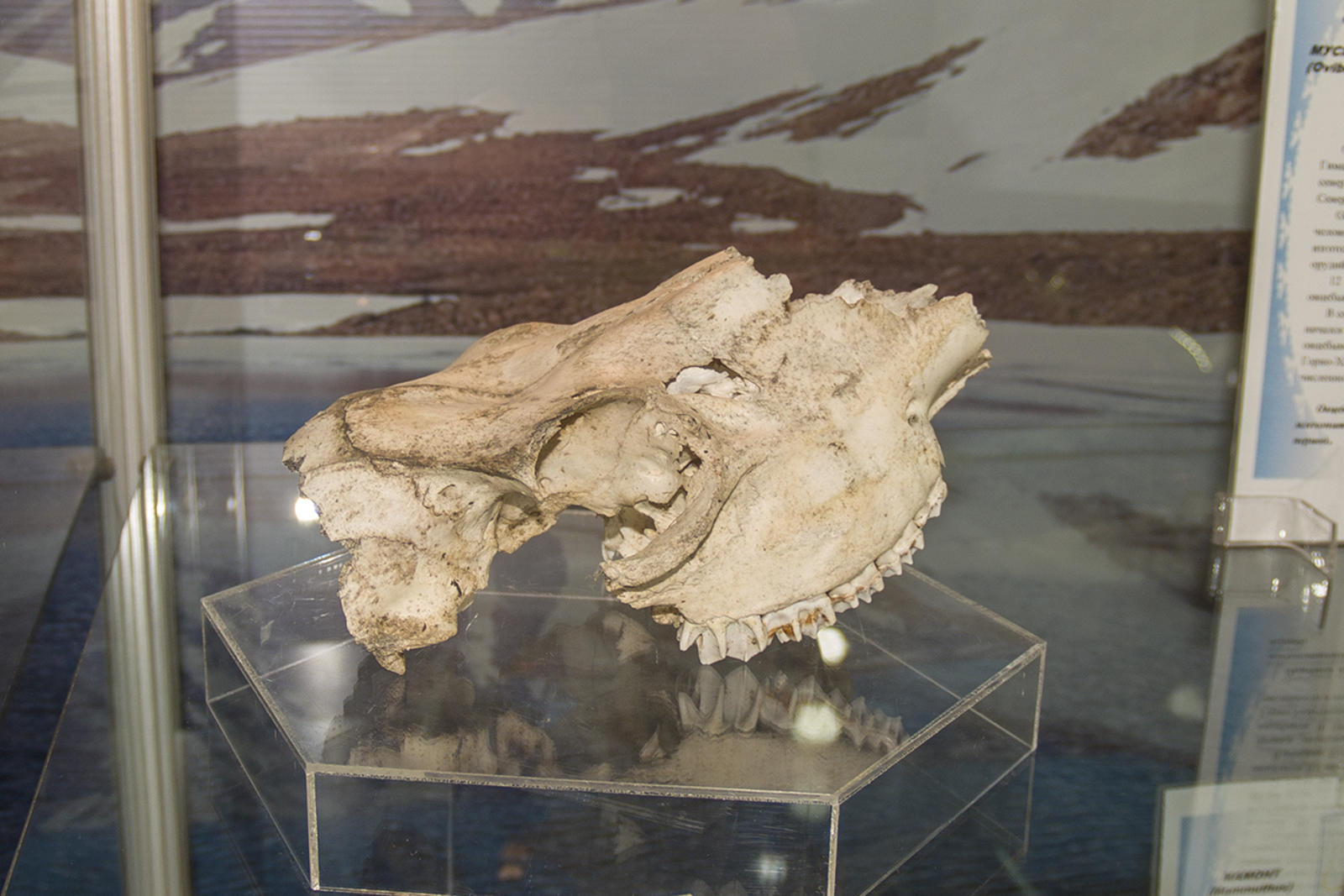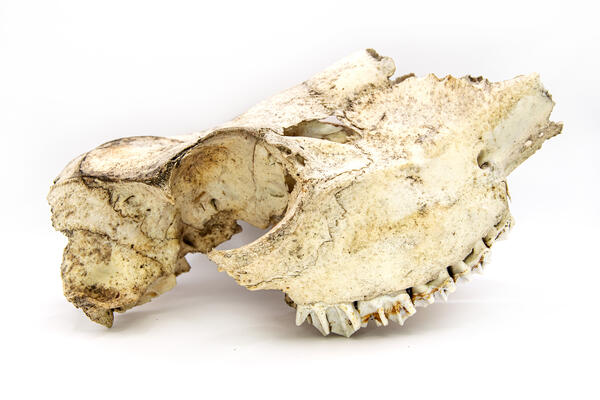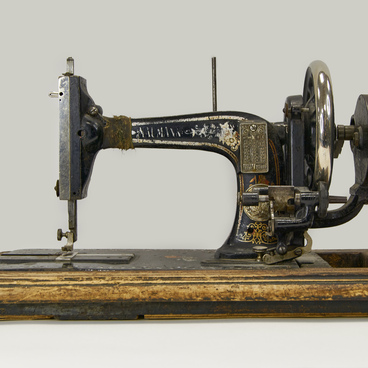The musk ox, or musk oxen (in Latin — ovibos moschatus), is the only modern representative of the genus Ovibos of the Bovidae family. Several millennia ago, musk oxen inhabited a vast territory from Spain to Chukotka together with representatives of the “mammoth” fauna: mammoths, primitive bison and wooly rhinoceroses. Due to climate changes, many of these exotic animals have become extinct. The musk ox turned out to be the most tenacious of them. Numerous herds have survived to our time in the tundra regions of North America and Greenland.
In the process of evolution, these animals have perfectly adapted to the harsh Arctic conditions. They lack protruding body parts, which is due to the need to reduce heat loss in cold climates. They are large stocky mammals with a big head and a short neck. Due to the very long and thick wool hanging almost to the ground, musk oxen appear much more massive than they actually are. The animal’s body is covered with a thick and soft undercoat. It is thinner than cashmere and eight times warmer than sheep’s wool. The head of musk oxen is very massive and elongated. They have sharp rounded horns with a massive base on the forehead. The horns are not shed annually and grow until the age of six, first bending down, then forward, then up and out. The horns of males are much larger and more massive than those of females. Males and females use horns to protect themselves from predators, and males also use them during rutting to fight among themselves. Females have a patch of skin covered with white down between the horns, and the horns themselves do not have a thickening at the base. They have dark brown eyes on the sides of the head.
Musk oxen eat moss, lichen, grass, various types of shrub willow and draft birch, cottonsedge, sedge, milkvetch, smallweed, lousewort, bluegrass and other plants.
The presented exhibit is a
skull of a baby musk ox with a preserved frontal facial part with upper teeth.
The skull was found on the territory of “Gornohadatinsky” state nature reserve
of regional significance. The reserve was established on November 20, 1997, and
one of its main goals is the implementation of a program for the
reacclimatization of musk ox in the Yamalo-Nenets Autonomous Okrug. The find was
transferred to the museum in 2008.






